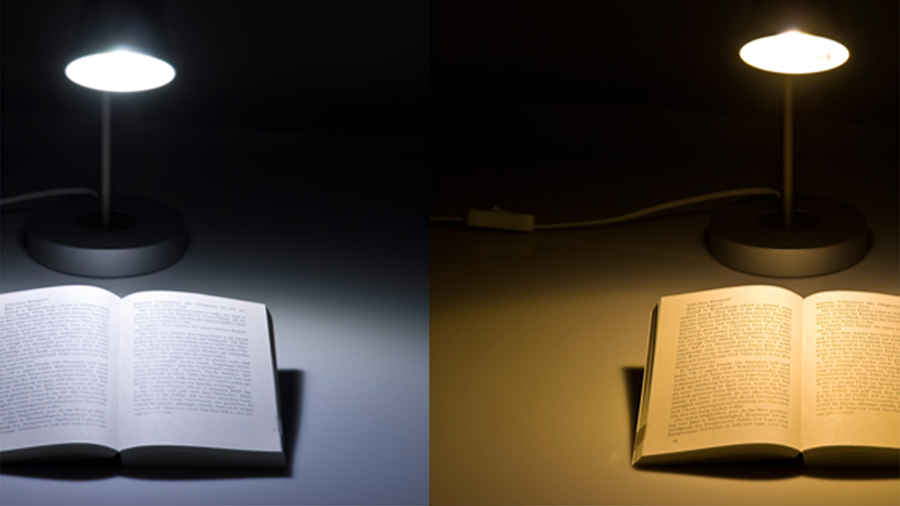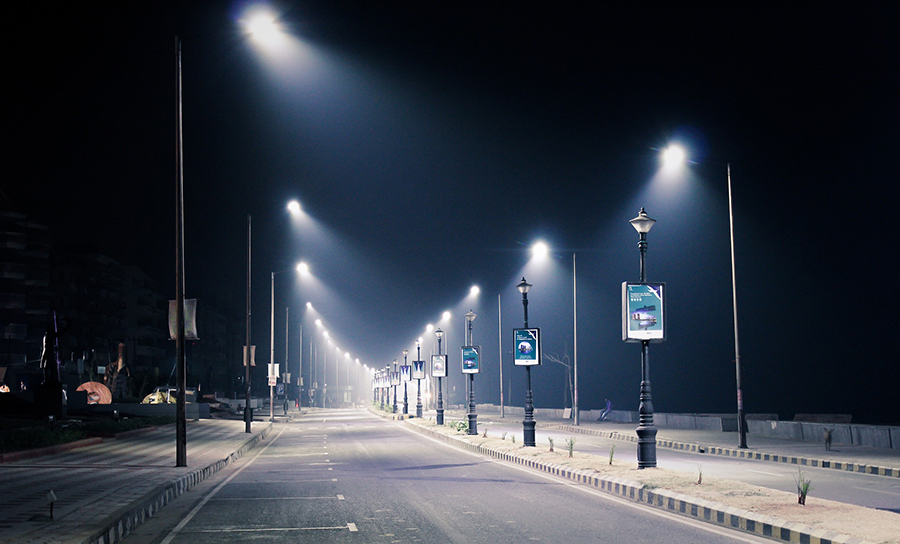
PLM – Pupil Lumens
THE NEW UNIT AND ITS MEANING
How do you compare different light sources? This is not so easy, because the human eye already perceives light differently. There are 2 basic types of vision and both should be taken into account when specifying brightness. The “photopic vision” and the “scotopic vision”. This is where a new unit comes into play, the pupil lumens (Plm).

THE PHOTOPIC VISION
Also called “day viewing” and is responsible for colour vision. Here the cones play the main role, the receptor cells in the eye that absorb different wavelengths of light. They provide high-contrast, colourful vision. We have 3 different types of these:
S-type (blue receptor; is most sensitive).
L-type (red receptor; is least sensitive)
M-type (green; is in the middle)
THE SCOTOPIC VISION
So-called “night vision” is made possible by the second type of light-sensitive cells, the rods. They far outnumber the cones and are responsible for perceiving brightness and contrast. They also react to very weak light at the edge of the retina. However, vision at night is usually blurred and colourless. The saying “all cats are grey at night” is no coincidence.
Most people use photopic and scotopic vision at the same time and this leads to the fact that light with a high blue component (cold white) is perceived as brighter and more intense than light with a higher red component. We remember: the blue receptors are more sensitive than the others.

The unit of luminous flux “lumen” indicates the measured brightness of a lamp, but does not take into account the colour perception properties of the human eye. It merely indicates the total amount of light emitted by a lamp.
The pupil lumen (Plm) now indicates much more precisely how bright a lamp is perceived. With LED lamps, the change in colour is limited by the colour rendering index. This should be in the range Ra > 80. For private use, therefore, it is sufficient to indicate the lumens because the colour of the light cannot change to such an extent that it has such a great influence.
For industrial and outdoor applications, however, there are new ways and means. With much lower energy consumption and effort, the Plm specification can be used to illuminate much more effectively. For example, in street lighting. A cool-white street lamp is perceived as much brighter than a yellowish one, less energy is consumed, and it may even be necessary to install fewer of them.

CALCULATION OF THE PLM – PUPIL LUMENS
The calculation is based on a fixed formula and, depending on the type and condition of the lamp, a so-called correction factor is added that takes into account the relationship between photopic and scotopic vision: the P/S factor. Logically, it varies from lamp to lamp, depending on the manufacturer, type and product.
Plm/Watt = Lm/Watt * P/S
A few examples in a table to illustrate.
The correction factors were determined by the Lawrence Berkley Laboratory (LBL):
| Illuminant | Lm/Watt | Lm | P/S | Plm |
| Incandescent lamp 100 watt warm white |
15 | 1500 | 1,26 | 1890 |
| Fluorescent tube 58 watt |
65 | 3770 | 0,98 | 3695 |
| Halogen 50 watt neutral white |
21-23 | 1050 | 1,32 | 1386 |
| LED 25 watt cold white |
85-100 | 2500 | 1,9 | 4750 |
Our perception is always made up of different factors and is also subjective. Some people are very sensitive to light, others perceive colours completely differently. Therefore, there is no value that is correct for everyone and reflects what the individual perceives.
Human and light, LED, LED knowledge, LED light colour, LED Technology, Light Sources, Lumen, measure light, PLM, Pupil Lumens